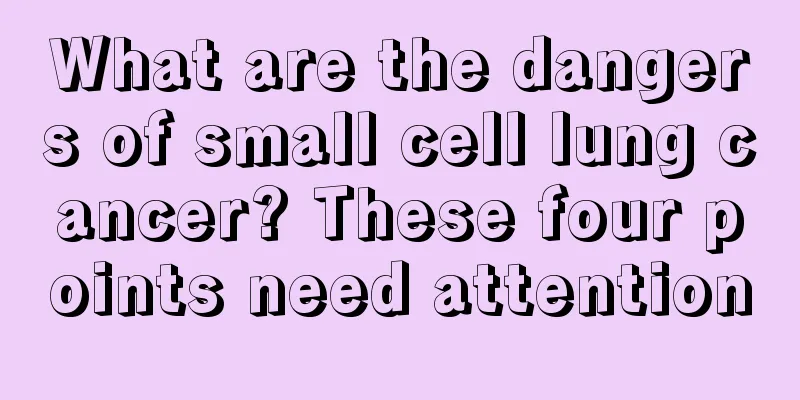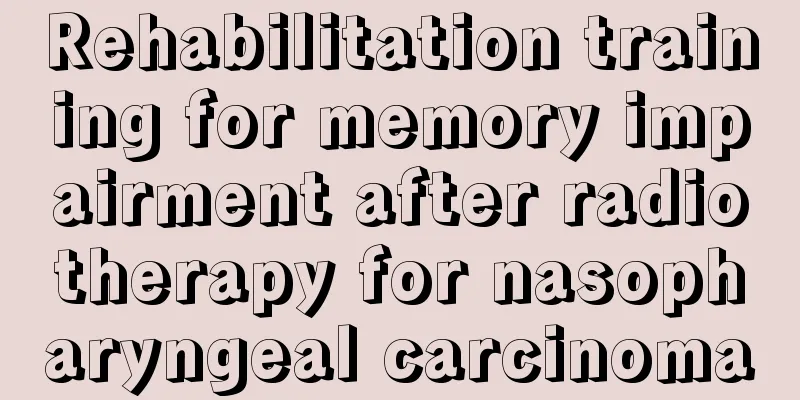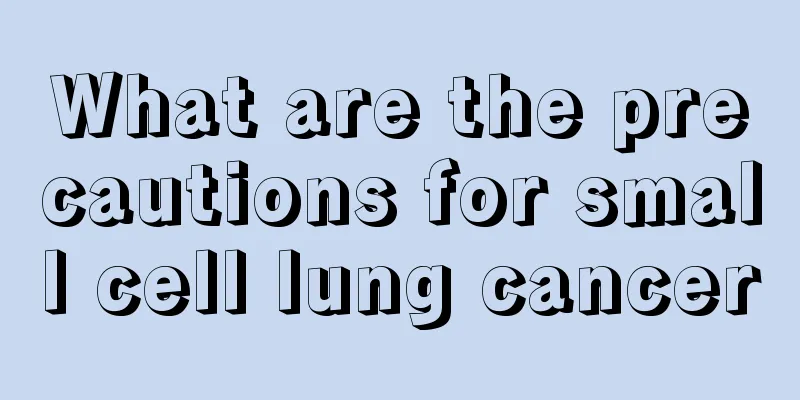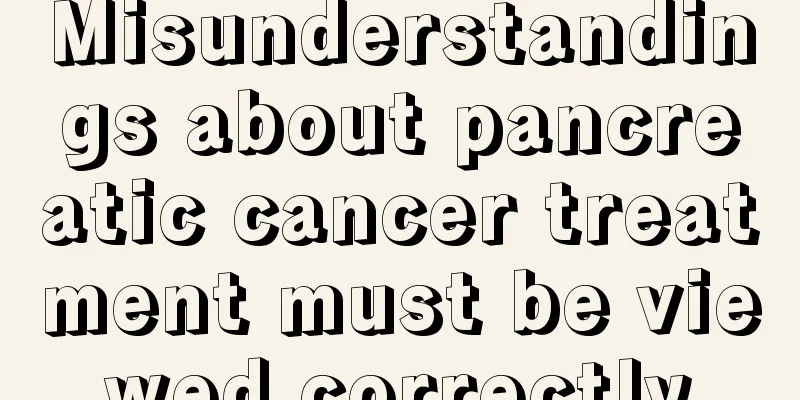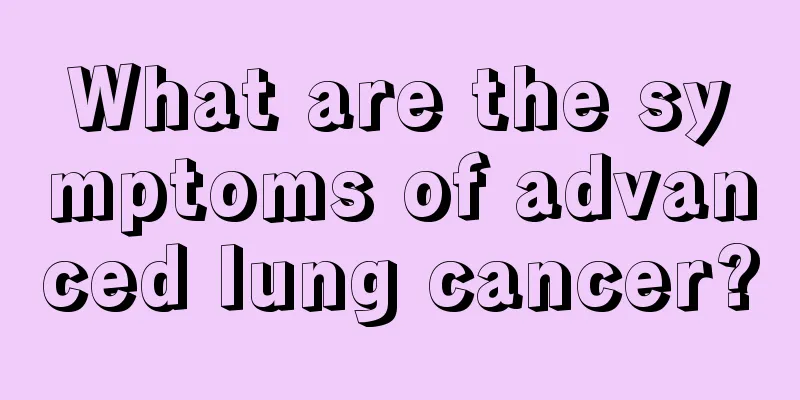Hypothalamic Pituitary Thyroid Axis
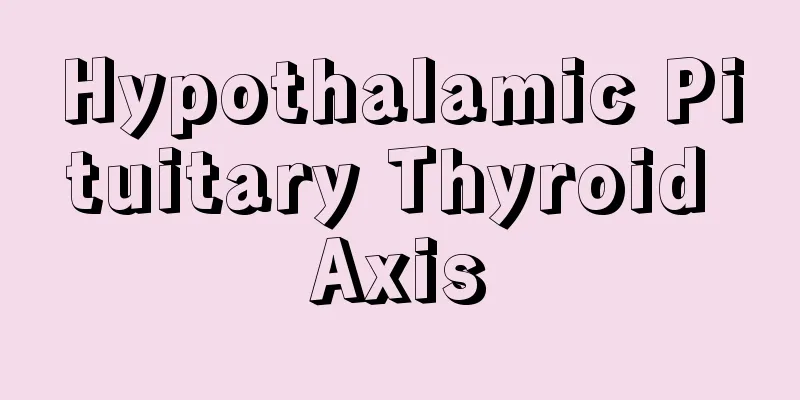
|
The hypothalamic-pituitary-thyroid axis refers to the connection between the hypothalamus, pituitary gland and thyroid gland. This area is critical for relieving depression and promoting the secretion of thyroid hormones. Du Yu’s introduction to the hypothalamus-pituitary-thyroid axis. I suggest that you can read the content of the article, which can increase your understanding of the functional organization of the human body. The key is to clearly understand the functions of the hypothalamus-pituitary-thyroid axis. The hormones released by the hypothalamus, pituitary gland and thyroid gland are thyrotropin-releasing hormone (TRH), thyroid-stimulating hormone (TSH) and thyroid hormones (T3, T4). The HPT axis is of great significance to neuronal excitability, behavior, neurotransmitter regulation and central nervous system development. Most patients with hyperthyroidism have symptoms such as anxiety, tension, and inattention; those with hypothyroidism are often accompanied by mental symptoms such as depressed mood, slow speech, and memory loss. On the contrary, many mental disorders, such as major depression and bipolar disorder, are often accompanied by abnormal thyroid hormone metabolism. 1. HPT axis and depression The thyroid function of patients with depression is basically normal, but there is relative hypothyroidism in the central nervous system. About 25% of patients with depression have abnormal TRH stimulation tests, that is, despite high central TRH secretion, the function of the pituitary TRH receptor is downregulated, resulting in a sluggish TSH response to exogenous TRH. Patients with depression also have a weakened circadian rhythm of TSH release and a reduced rate of conversion of T4 to T3. The thyrotropin-releasing hormone stimulation test (TRH-ST) that examines the function of the HPT axis is an important biological indicator of affective disorders. The serum TSH level was measured before and at different times after intravenous injection of TRH. The TSH level in normal people increases to varying degrees, while the TSH level in patients with depression is slow to respond to TRH. Combining DST and TRH-ST is more meaningful for the diagnosis of depression. Depressed patients who still have a sluggish TSH response to TRH and hyperfunction of the HPA axis after treatment have a high relapse rate. The use of thyroxine treatment can enhance the therapeutic effect of antidepressants. For example, adding T3 to tricyclic antidepressants can accelerate the onset of action of tricyclic antidepressants and enhance their efficacy. However, T3 alone has no antidepressant effect. 2. HPT axis and other mental illnesses Patients with obsessive-compulsive disorder, panic disorder, some schizophrenia and alcoholism may also have a dull TRH-ST response. HPT axis dysfunction also occurs in patients with bipolar disorder, such as hypothyroidism, enhanced TSH response to TRH, and increased plasma basal TSH concentration. Long-term use of lithium carbonate can suppress thyroid function, and about 30% of patients receiving lithium carbonate treatment have elevated TSH. |
<<: Nursing diagnosis and measures for anemia
>>: Will constipation cause back pain?
Recommend
What causes low platelets in pancreatic cancer
Low platelet count in pancreatic cancer may be ca...
Is there anything that can replace conditioner for hair care?
We all know that using conditioner is a better wa...
Is bile duct cancer contagious? Generally not
The occurrence of bile duct cancer is related to ...
Healthy sleep knowledge
People are very familiar with sleep. Sleep is the...
There is something black in the groove of the big tooth
Oral health is closely related to our lives, and ...
What does Tg value mean for unilateral resection of thyroid cancer
The Tg value of unilateral thyroidectomy for thyr...
Will common early symptoms of prostate cancer lead to metastasis?
Since the early symptoms of prostate cancer are v...
Beware of these 5 behaviors that hurt your feet the most
Wearing flat shoes, walking barefoot, these seemi...
Do Bluetooth headsets emit radiation?
I believe that many people use Bluetooth headsets...
What are the precautions during the recovery period of fiber optic lipolysis
In recent years, as female friends pay more and m...
What are the benefits of essential oils?
When doing SPA, masseurs often use essential oils...
What are the early symptoms of osteosarcoma
Although osteosarcoma is a malignant tumor, it is...
What are the methods for diagnosing testicular cancer
Testicular cancer, as the name implies, occurs in...
Can stomach cancer cause ulcers?
Can gastric cancer cause ulcers? Gastric ulcers a...
Homemade black sesame balls
Black sesame is a very good substance and is gene...

